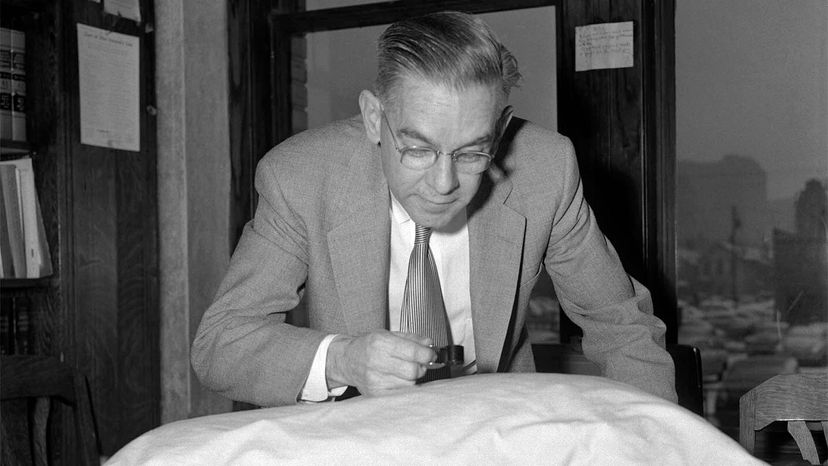History of Blood Spatter Analysis

The first methodical study of blood spatters, titled "Concerning the Origin, Shape, Direction and Distribution of the Bloodstains Following Head Wounds Caused by Blows," was published in 1895 by Dr. Eduard Piotrowski of the University of Krakow in Poland. This early research influenced pioneering investigators in early 20th-century Germany and France, including Dr. Paul Jeserich and Dr. Victor Balthazard, respectively.
Although research continued into blood spatter patterns in homicide cases, the watershed moment for using blood spatter evidence in American legal cases would not arrive until 1955, when Dr. Paul Kirk submitted an affidavit of his findings in the highly publicized case of the State of Ohio v. Samuel Sheppard. Kirk showed the position of the assailant and the victim, and his research revealed that the attacker struck the victim with his left hand. Significantly, Sheppard was right-handed.
Advertisement
The field saw vast expansion and modernization through the work of innovative forensic scientist Herbert MacDonell, who published "Flight Characteristics of Human Blood and Stain Patterns" in 1971. MacDonell also trained law enforcement personnel in blood spatter analysis and developed courses to continue to train analysts. In 1983, he and other attendees of the first Advanced Bloodstain Institute founded the International Association of Bloodstain Pattern Analysts (IABPA). Since then, the field of bloodstain analysis has continued to grow, develop and become standardized [sources: Eckert and James].
Before the 1970s, blood analysis used a system of categories based on the velocity of blood drops at impact [source: Wonder]:
- low-velocity impact spatters (LVIS) that resulted from dripping and were assisted by gravity alone
- medium-velocity impact spatters (MVIS), which were slower than those produced by a gunshot but faster than gravity drips
- high-velocity impact spatters (HVIS), produced by gunshots or fast-moving machinery
After the 1970s, these definitions changed. Instead of "impact" referring to the speed of the droplets, it came to refer to the speed of the weapon or object that sent them flying. These new interpretations assumed too many unknown (and unknowable) factors. Moreover, they tempted investigators to make assumptions based on outside information.
For example, to assume that droplets were HVIS, the case must involve a suspected shooting. To cope with these problems, analysts today use more specific terms. LVIS, for example, might be called "gravitational drops" or "drips" [source: Wonder].